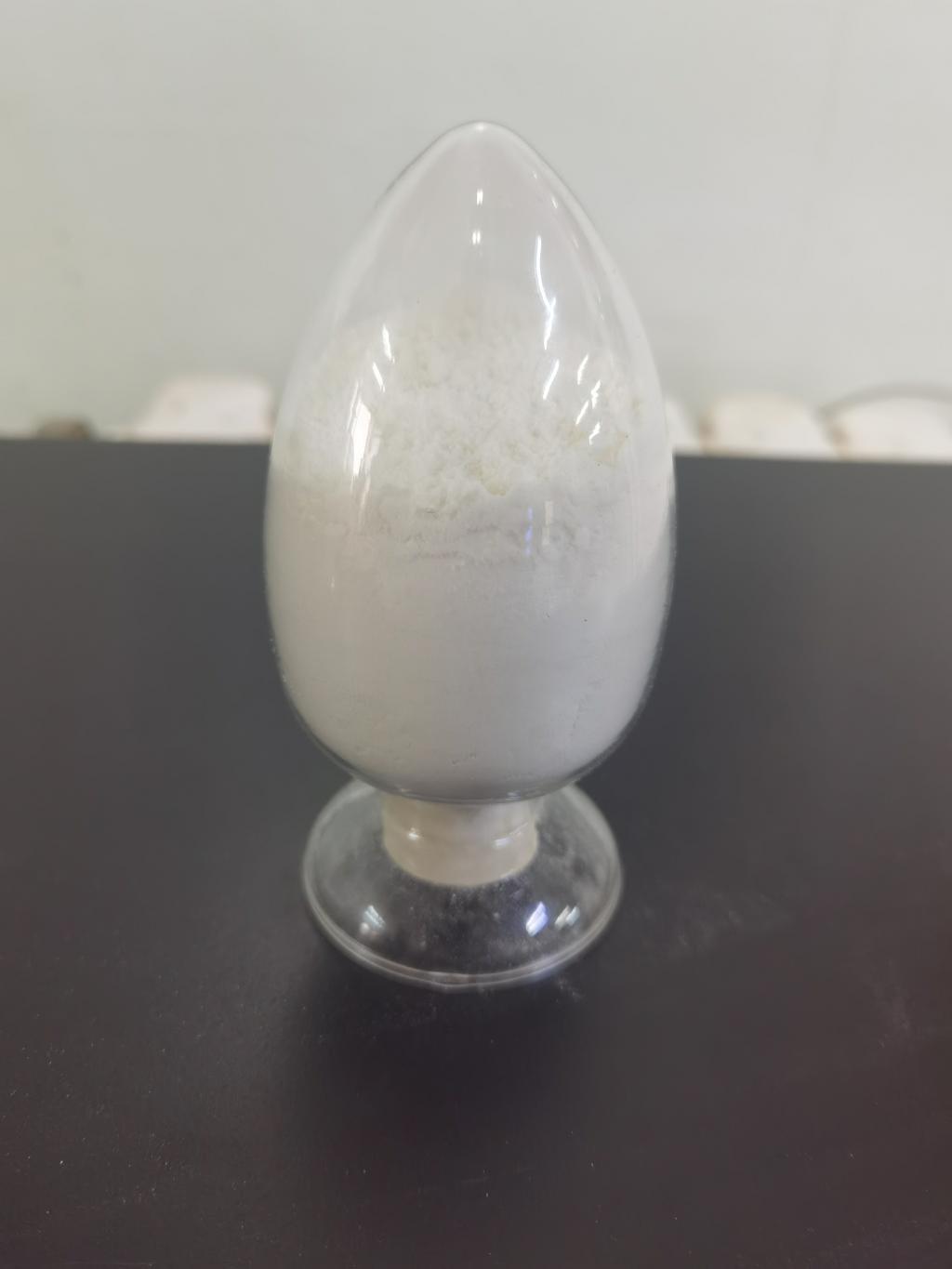Tel:+8618231198596

News
 CONTACT
CONTACT
 CONTACT
CONTACT
- Linkman:Linda Yao
- Tel: +8618231198596
- Email:linda.yao@dcpharma.cn
- Linkman:CHARLES.WANG
- Department:Overseas
- Tel: 0086 0311-85537378 0086 0311-85539701
News
Current Position:
Home >
News
>Sustainable Textile Dyeing Processes: The Role of ε-Polylysine Hydrochloride
Sustainable Textile Dyeing Processes: The Role of ε-Polylysine Hydrochloride
TIME:2024-02-18
The Environmental Impact of Conventional Textile Dyeing:
a. Water Pollution: Conventional textile dyeing processes often involve the use of synthetic dyes and chemicals, leading to the release of toxic substances into water bodies. This pollution poses a significant threat to aquatic ecosystems and can have far-reaching consequences on biodiversity.
b. Energy Consumption: The energy-intensive nature of traditional dyeing methods contributes to greenhouse gas emissions, further exacerbating the environmental footprint of the textile industry. Sustainable alternatives are essential to reduce energy consumption and mitigate the industry's impact on climate change.
Introduction to ε-Polylysine Hydrochloride:
a. Natural Antimicrobial Agent: ε-Polylysine hydrochloride is a naturally occurring antimicrobial peptide derived from fermentation processes. Its use in textile dyeing processes presents an eco-friendly alternative to conventional methods, addressing both environmental and health concerns associated with synthetic dyes.
b. Biodegradability: ε-Polylysine hydrochloride is biodegradable, breaking down into non-toxic components over time. This characteristic minimizes the long-term environmental impact and supports the adoption of sustainable practices in textile dyeing.
Reduced Water Usage and Waste:
a. Water-Saving Benefits: Traditional dyeing processes often require extensive water usage for dye fixation and washing. ε-Polylysine hydrochloride, when applied in textile dyeing, offers water-saving benefits by reducing the need for excessive rinsing and washing steps.
b. Minimization of Wastewater Discharge: The reduced water usage, coupled with the biodegradability of ε-polylysine hydrochloride, leads to a decrease in wastewater discharge from textile dyeing facilities. This addresses one of the key concerns in conventional dyeing processes – the release of pollutants into water bodies.
Colorfastness and Sustainable Aesthetics:
a. Enhanced Color Retention: ε-Polylysine hydrochloride contributes to improved colorfastness in dyed fabrics. This not only ensures that the textiles retain their vibrant hues but also reduces the need for repeated dyeing processes, thereby conserving resources and minimizing environmental impact.
b. Sustainable Aesthetics: Consumers increasingly prioritize sustainable and eco-friendly products. Textiles dyed with ε-polylysine hydrochloride not only offer vibrant and long-lasting colors but also align with the growing demand for sustainable aesthetics in the fashion and textile industry.
Energy Efficiency and Reduced Carbon Footprint:
a. Low-Temperature Application: Unlike some conventional dyeing processes that require high temperatures, ε-polylysine hydrochloride can be applied at lower temperatures. This not only reduces energy consumption during the dyeing process but also contributes to the overall energy efficiency of textile manufacturing.
b. Mitigating Carbon Emissions: By incorporating ε-polylysine hydrochloride in textile dyeing, manufacturers can take a step towards mitigating carbon emissions associated with traditional dyeing methods. The adoption of sustainable practices contributes to the industry's efforts to address climate change.
Application in Different Types of Fibers:
a. Versatility: ε-Polylysine hydrochloride exhibits versatility in its application to various types of fibers, including natural and synthetic materials. This versatility allows textile manufacturers to explore sustainable dyeing practices across a wide range of products, from cotton and wool to polyester and other synthetic blends.
b. Compatibility with Different Dye Classes: ε-Polylysine hydrochloride's compatibility with various dye classes, including acid dyes, reactive dyes, and disperse dyes, makes it adaptable to diverse dyeing processes. This adaptability is crucial for the widespread adoption of sustainable practices in the textile industry.
Addressing Health and Safety Concerns:
a. Reduced Chemical Exposure: Traditional dyeing processes involve the use of chemicals that can pose health risks to workers and nearby communities. ε-Polylysine hydrochloride's natural origin and biodegradability contribute to a safer working environment, minimizing exposure to harmful substances.
b. Compliance with Regulations: As health and safety regulations in the textile industry become more stringent, the adoption of ε-polylysine hydrochloride aligns with regulatory compliance. Manufacturers using this natural antimicrobial agent can demonstrate their commitment to creating a safe and sustainable workplace.
Challenges and Considerations:
a. Cost Considerations: While ε-polylysine hydrochloride offers numerous environmental benefits, its cost compared to traditional dyeing methods may be a consideration for manufacturers. Overcoming cost barriers and demonstrating the long-term value of sustainable practices is essential for widespread adoption.
b. Education and Training: The successful implementation of ε-polylysine hydrochloride in textile dyeing requires education and training for textile manufacturers and dyeing facilities. Understanding the optimal application methods and dosage is crucial for maximizing the benefits of this natural antimicrobial agent.
Future Perspectives and Collaborative Research:
a. Continued Research and Development: Ongoing research and collaboration between scientists, textile manufacturers, and sustainability experts can drive further innovations in the application of ε-polylysine hydrochloride. Exploring new formulations, application techniques, and combinations with other sustainable practices will contribute to its continued efficacy.
b. Global Adoption and Industry Standards: The successful integration of ε-polylysine hydrochloride into textile dyeing processes may pave the way for the establishment of industry standards. Global adoption of sustainable practices, supported by standards and certifications, can accelerate the transformation of the entire textile industry.
Conclusion:
The application of ε-polylysine hydrochloride in textile dyeing processes signifies a significant leap towards sustainable practices in the textile industry. As consumer awareness and demand for eco-friendly products continue to rise, manufacturers are under increasing pressure to adopt environmentally responsible methods. ε-Polylysine hydrochloride, with its natural origin, biodegradability, and efficacy in dyeing processes, emerges as a viable solution to address the environmental challenges posed by conventional textile dyeing. By integrating this natural antimicrobial agent into the dyeing process, the textile industry can embrace a more sustainable future, where vibrant colors coexist with a commitment to environmental stewardship.
- Tel:+8618231198596
- Whatsapp:18231198596
- Chat With Skype







